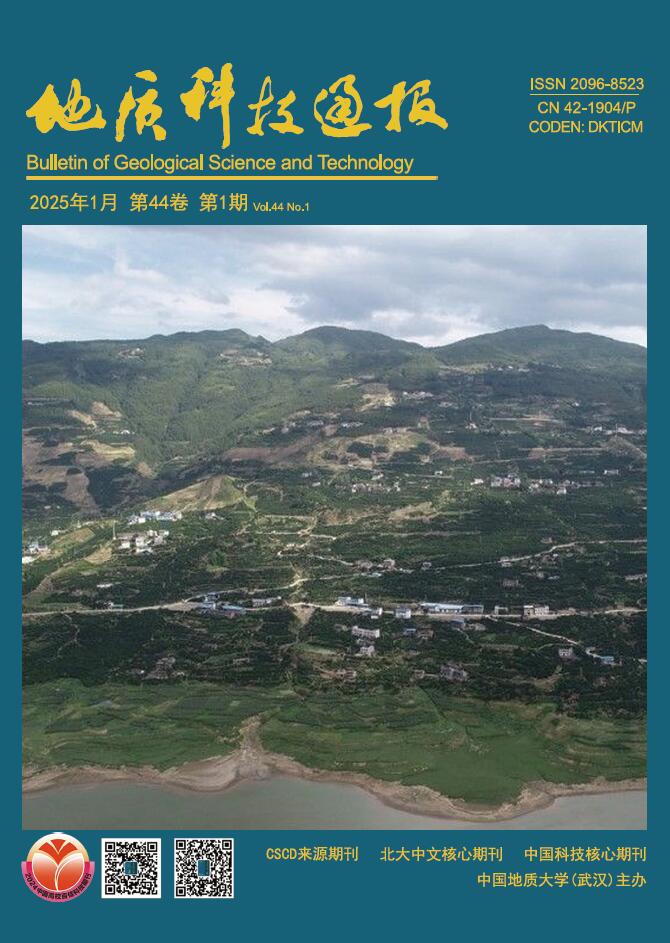ObjectiveThe problem of water inrush caused by karst fissure aquifers in coal seam floor has been widely concerned. The key to reduce the occurrence of such accidents is mastering the seepage characteristics of aquifer. Before that, an accurate and reasonable aquifer model should be established first.
MethodsThe karst fractured aquifer has the characteristics of composite network. At present, the numerical simulation method is mainly used to resolve this kind of problem. However, most of the existing numerical models only simulate the fracture network of aquifer, ignoring the karst phenomena such as dissolved pores with stochastic distribution, which is different from the practice. Therefore, this paper focuses on the simulation of randomly distributed dissolution pores in limestone aquifers, and combines them with the existing fracture network to obtain a more accurate karst featured aquifer network model, then convert it into a numerical ones. For this reason, firstly, some drilling and outcrop data are selected, and the contour of dissolved pores is depicted by AutoCAD software to establish corresponding morphological library, which provides sufficient samples for the stochastic generation of dissolved pore. When there are enough dissolved pore samples, the authenticity of the morphological library of dissolved pores are maintained. Secondly, the multi-factor directional block cutting technology is used to establish a storage space for the subsequent random dissolved pores. The dissolved pores are randomly extracted from corresponding morphological library, after scaling and rotating these samples into the storage space according to a certain scaling ratio, and finally the stochastic generation of dissolved pores can be realized. Subsequently, superimposed it with the fracture network generation based on the Monte Carlo method to obtain a randomly generated limestone aquifer composite grid model with a certain dissolved porosity, fracture density and spacing. Finally, the network model is transformed into FLAC3D numerical gird based on AutoCAD software, and the numerical model of limestone can be established.
ResultsAccording to the above method, the composite network model of limestone aquifer with different solution porosity, fracture density and spacing can be generated. The density and ductility of the fractures in the fracture network are labelled as low, moderately low, medium, moderately high and high respectively. The dissolution rate of dissolved pore is classified into 0.05, 0.10, 0.15, 0.20, 0.25 and 0.35 respectively. Taking high density-low ductility fracture network as an example. Two models with dissolved pore rate of 0.05 and 0.25 are superimposed, and statistial analysis was carried out on the trace length of fracture, long axis ratio and dip angle of dissolved pore. The obtained results are in line with expectations, which proves the effectiveness of the generated model.
ConclusionThe research results have certain significance for the establishment of three-dimensional random dissolution pore model, and lay a foundation for the subsequent analysis of seepage characteristics of karst fracture aquifer based on numerical simulation.







